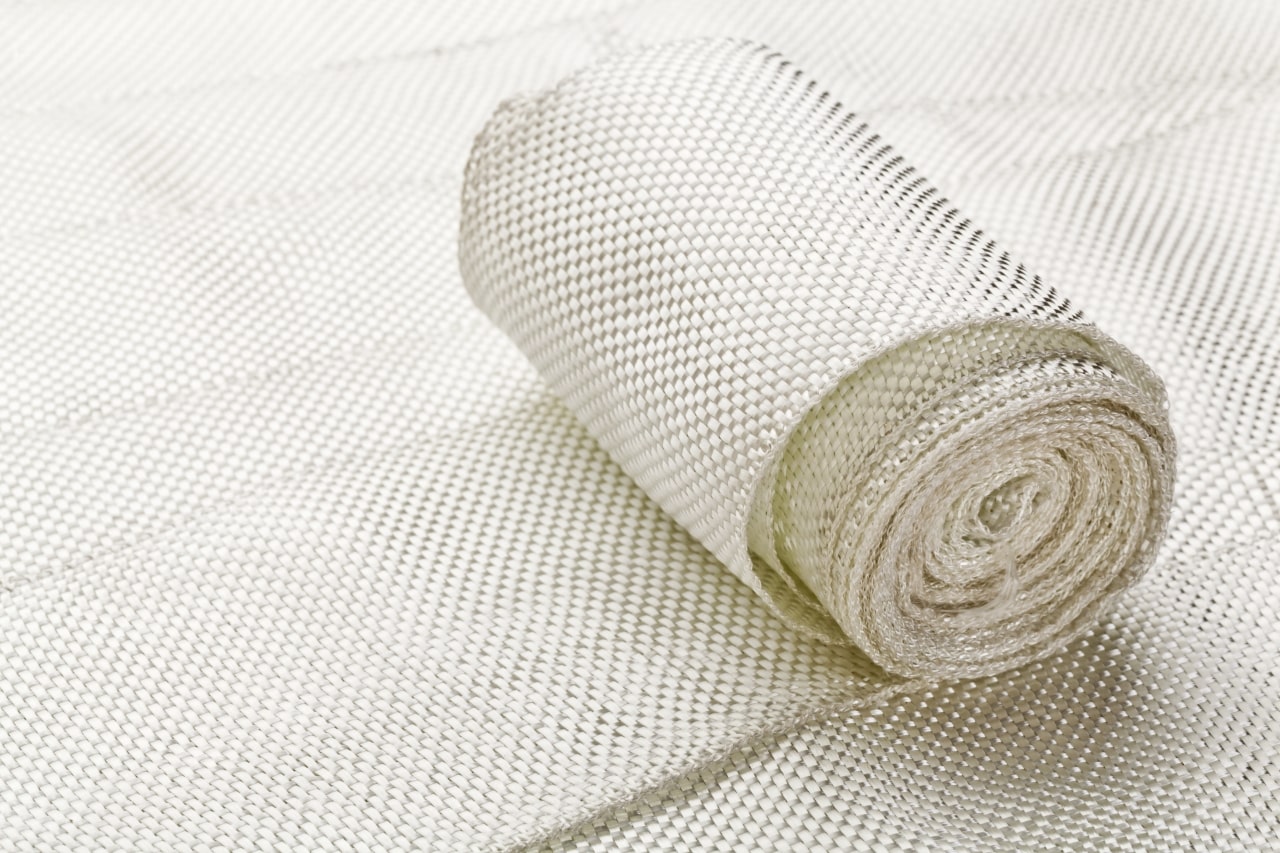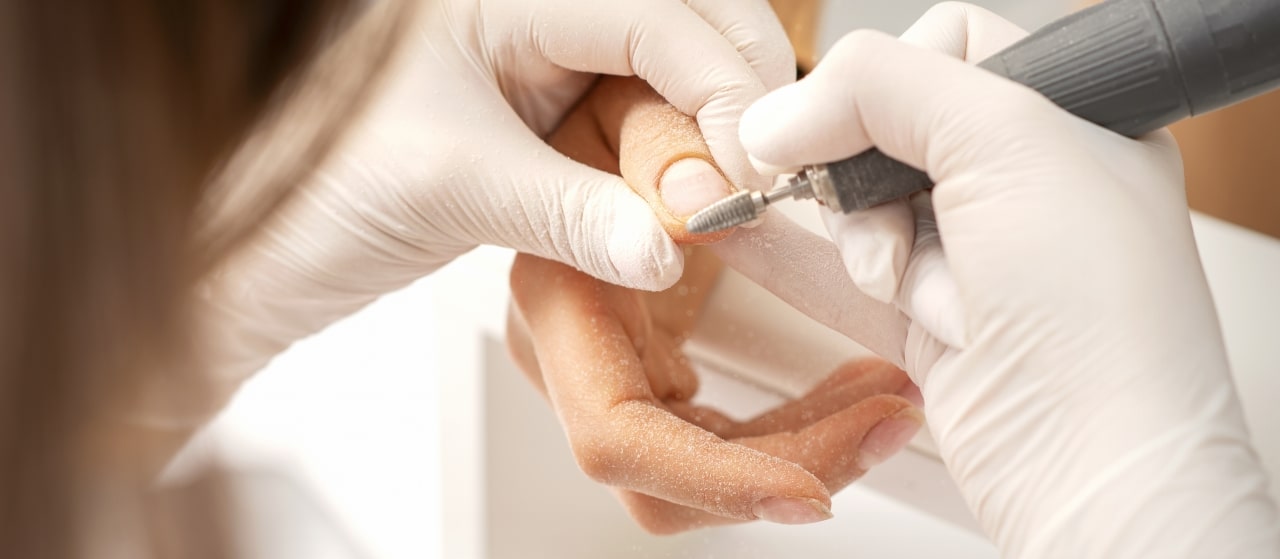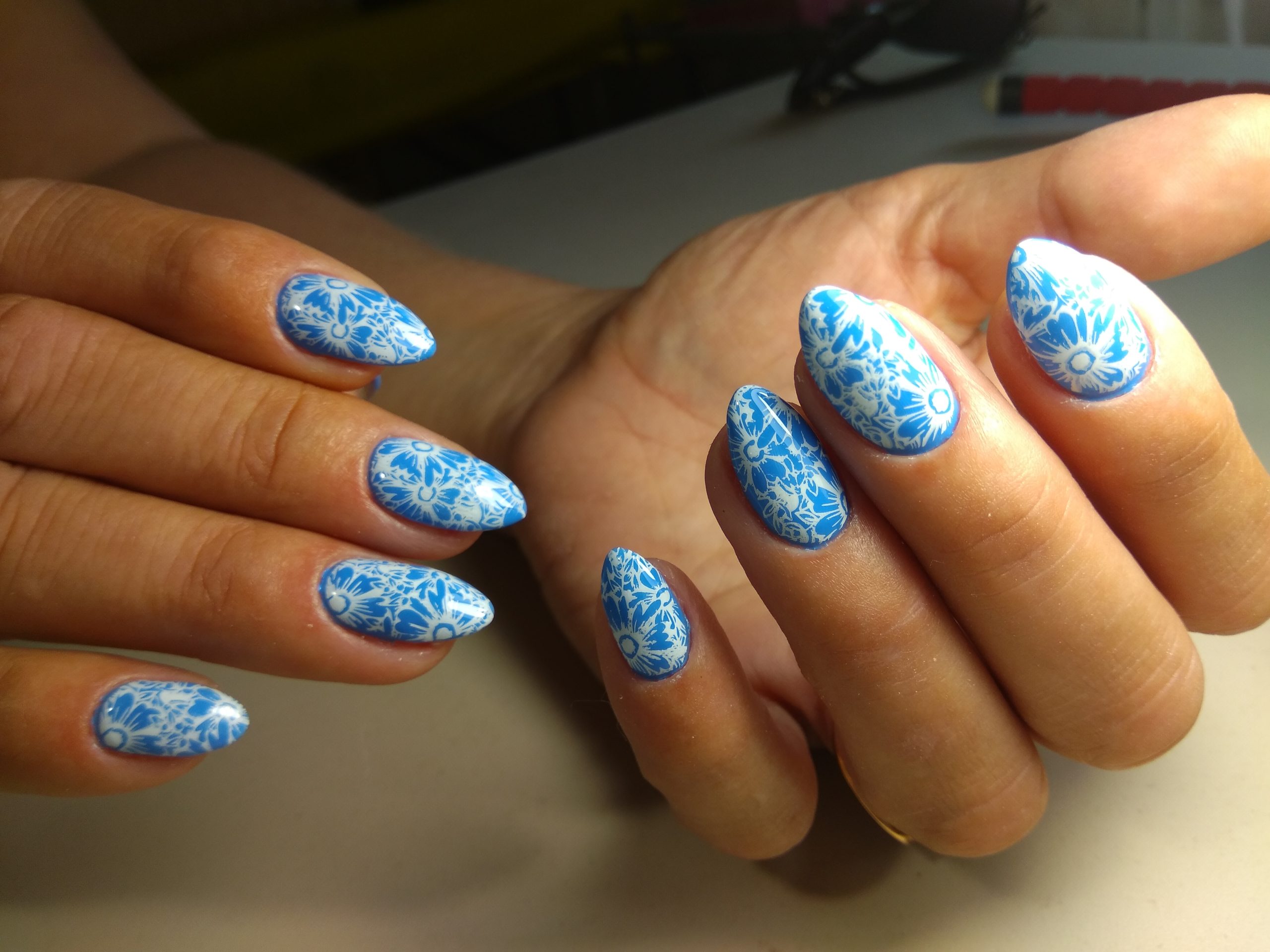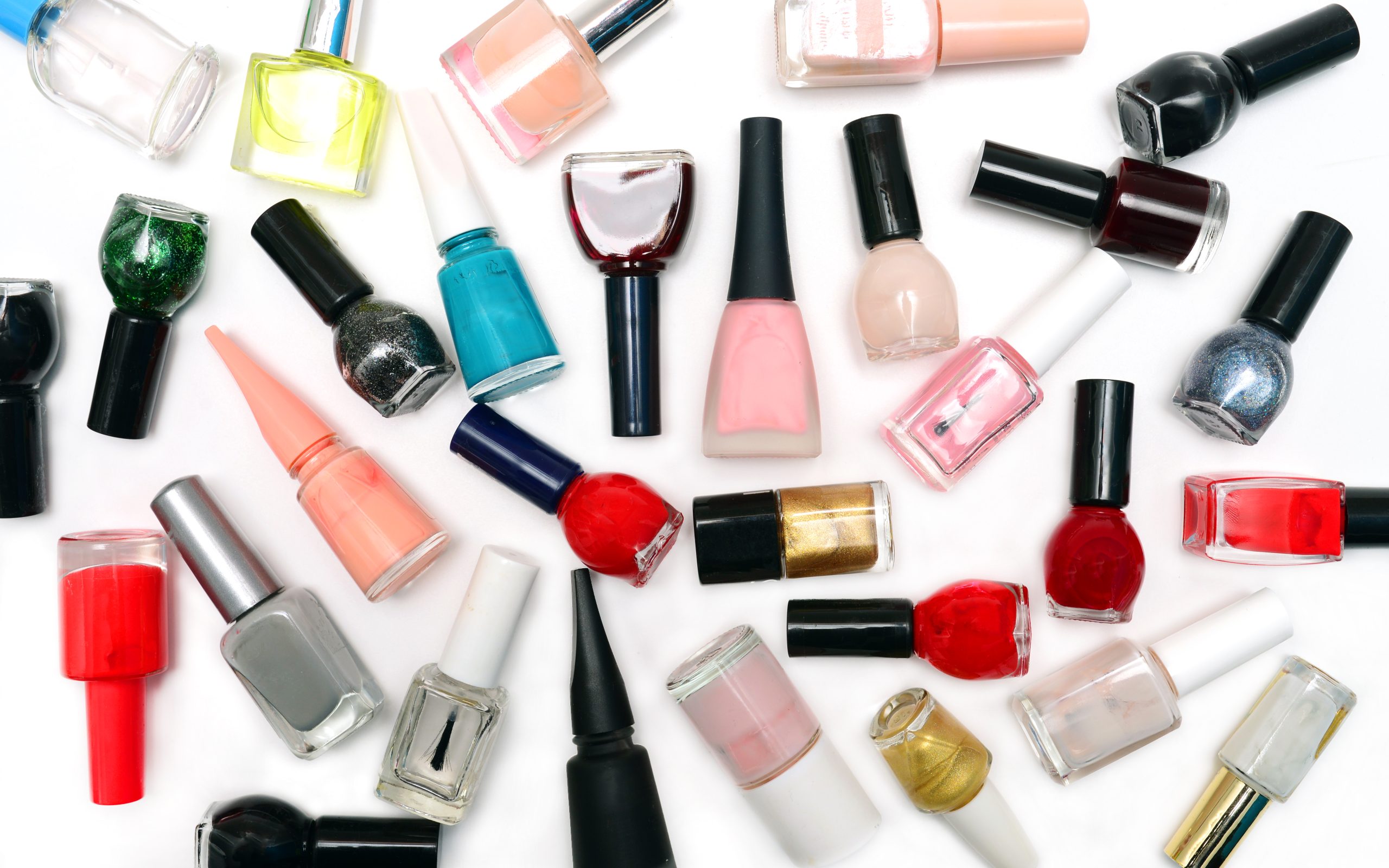When offering massage or reflexology treatments, it’s crucial to be aware of certain circumstances in which massage should be avoided to ensure the safety and well-being of your client. Here are some important considerations:
1. Contagious or Infectious Skin Diseases: Massaging individuals with contagious skin diseases can encourage the spread of the infection to other parts of the body. Additionally, there is a risk of transmitting the infection through contact. Use caution and common sense when dealing with situations like these. When in doubt, just avoid.
2. Internal Inflammation: Avoid massaging over areas with internal inflammation, such as arthritic joints or swollen fingers. Massaging these areas can exacerbate the condition and cause further discomfort. Gently passing over swollen areas allows for tactile sensation without added pressure with potential harm.
3. Varicose Veins: Applying pressure on or near varicose veins can lead to increased dilation, thrombosis, and the formation of varicose ulcers. It’s best to avoid massaging these areas to prevent complications.
4. Hairy Areas: Massaging over hairy areas can cause irritation, rashes, and discomfort for the client. Be mindful of hair distribution when performing massage or reflexology treatments. As a general tip: try rubbing in the direction of hair growth.
5. Recent Wounds or Scars: Massaging over recent wounds or scars can disrupt the healing process and stretch scar tissue. Avoid applying pressure to these areas to promote proper healing.
6. Unexplained Lumps, Swelling, or Severe Pain: Any unexplained lumps, swelling, or severe pain should be evaluated by a qualified medical practitioner before receiving massage or reflexology treatments.
7. Bruised Areas: Massaging over bruised areas can cause pain and damage underlying tissue, potentially leading to ulceration and delaying healing. It’s best to avoid massaging bruised areas until they have fully healed.
8. Slow-Release Injections or Patches: Massaging around areas with slow-release injections or patches can lead to increased release of the drug, resulting in potential over-dosage. Exercise caution and avoid massaging these areas.
9. Fractures: Pressure over fractures can cause pain and interfere with the natural healing process. It may also lead to exaggerated calcium deposit formation, causing future complications. Avoid massaging over fractured areas.
10. Neuralgia or Neuritis: If inflammation or pain is present due to neuralgia or neuritis, massage can aggravate the condition and cause further discomfort. It’s best to avoid massaging these areas until the condition has resolved or improved.
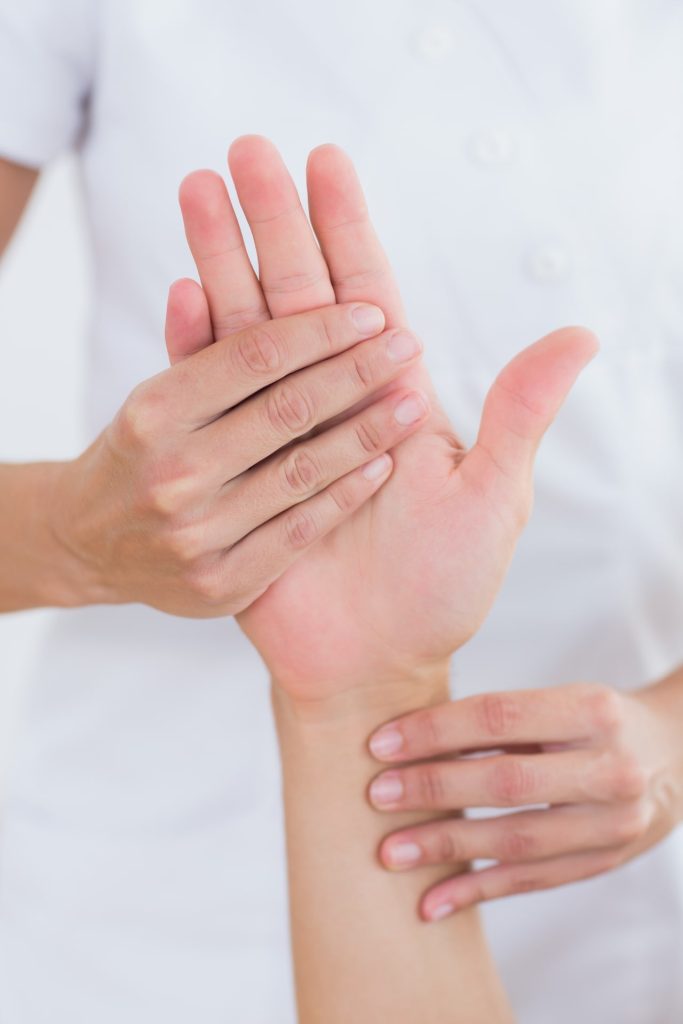
By being mindful of these circumstances and avoiding massaging in these situations, you can ensure the safety and comfort of your clients during massage and reflexology treatments. Always prioritize the well-being of your clients and consult with a qualified medical professional if you have any concerns or uncertainties.

